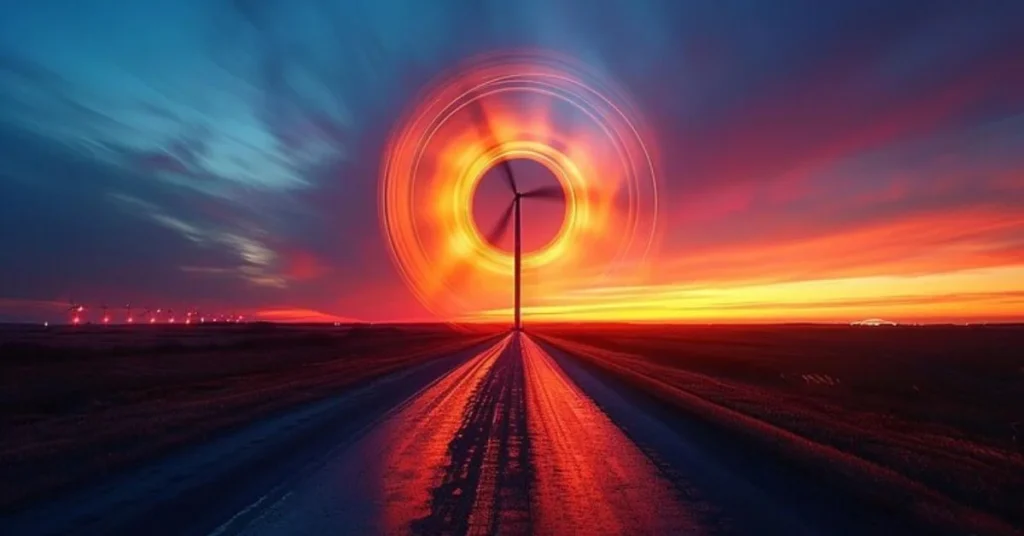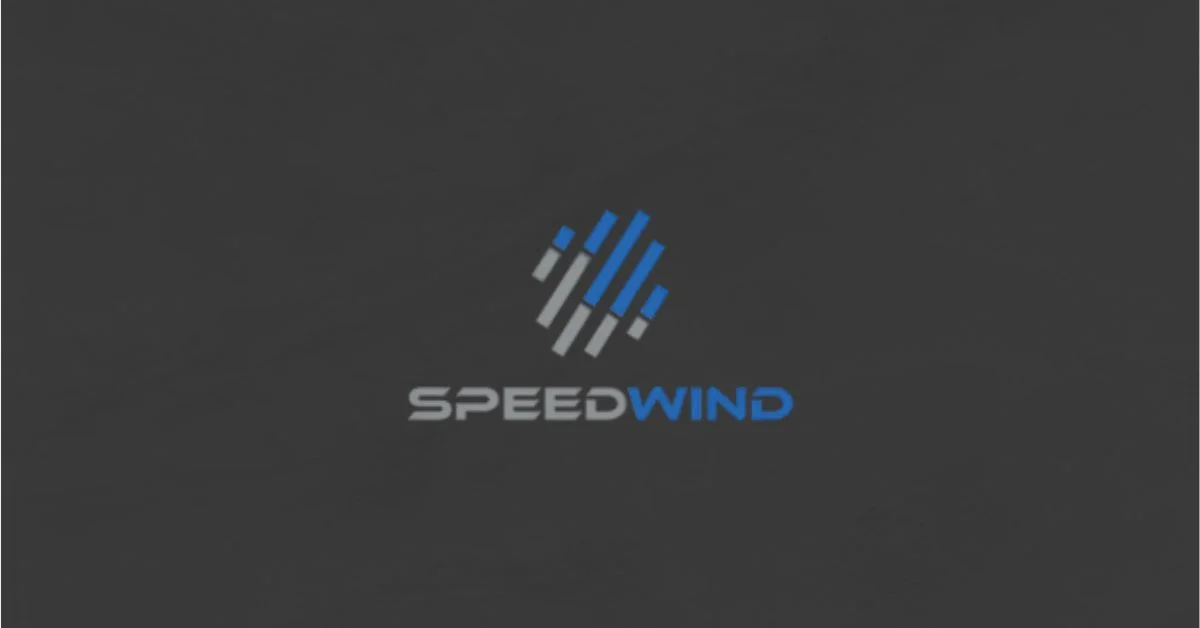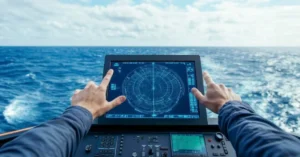In the evolving lexicon of modern science, engineering, and environmental progress, few terms are as intriguing—and underexplored—as Speedwind. On its surface, “Speedwind” conjures images of high-velocity air currents, dynamic propulsion systems, and futuristic power. But beyond the literal, Speedwind is an emergent concept that represents a broader intersection of speed, sustainable technology, atmospheric science, and next-generation innovation.
This article is a comprehensive investigation into the meaning, implications, and potential applications of Speedwind. Designed to inform and stimulate thought, this exploration targets those interested in the intersection of climate solutions, smart transportation, renewable energy, and systems thinking. While “Speedwind” may not yet dominate headlines, its core ideas may soon influence how we move, power our lives, and imagine the future.
1. What is Speedwind? A Conceptual Definition
“Speedwind” is not yet a formally recognized scientific term or brand. Instead, it is an emerging hybrid term used in think tanks, engineering startups, and experimental environmental design circles to denote a category of high-velocity wind utilization and aerodynamic system engineering. Its use encompasses:
- High-speed wind phenomena used for power generation or mechanical propulsion.
- Engineered systems that exploit rapid airflows to enhance performance or efficiency.
- Symbolic language in speculative design for climate-conscious transportation and infrastructure.
At its heart, Speedwind combines velocity with energy harnessing. It’s where motion becomes a renewable asset, and where airflow itself is engineered as a medium of progress.
2. The Physics Behind Speedwind
To understand Speedwind, we must first revisit some fundamentals of physics—specifically, how motion and air interact.
Wind is simply the movement of air from areas of high pressure to low pressure. What makes Speedwind unique is not merely its speed, but its intentional engineering—airflow shaped, accelerated, and directed with precision to produce mechanical or electrical benefits.
Three principles underlie the Speedwind concept:
- Bernoulli’s Principle: Faster air has lower pressure. This principle enables lift in aircraft and underpins turbine design. In Speedwind applications, it allows for efficient harnessing of fast-moving air in low-pressure zones.
- Kinetic Energy Scaling: The power available from wind increases with the cube of its speed. Doubling wind speed yields eight times the energy potential—a key motivator for pursuing high-speed wind corridors.
- Laminar vs. Turbulent Flow: Speedwind systems aim to maximize energy capture from laminar flows (smooth, predictable air), while minimizing turbulence and drag, which reduce efficiency.
3. Speedwind in Renewable Energy Design
Today’s wind energy systems are large, slow, and vertically oriented. They are optimized for traditional trade winds and cost-effective, stable energy output. Speedwind represents a radical departure: micro- or macro-scale systems engineered to capitalize on rapid air movement, including:
- Jetstream Harvesting Drones: Experimental drone arrays hovering at high altitudes to tap into the near-constant high-speed airflows of the jetstream.
- Wind Corridors: Infrastructure projects that create artificial wind tunnels within cities or across arid lands to accelerate natural airflow.
- Rotational Harvesters: Compact turbines designed to rotate with minimal friction, capturing energy from passing vehicles or atmospheric turbulence in urban environments.
Rather than scaling up wind towers, Speedwind thinkers propose to amplify natural velocity and engineer devices that work within this kinetic envelope.
4. Speedwind in Transportation Systems
The transportation implications of Speedwind are equally groundbreaking. It introduces the idea that airflow isn’t just a byproduct of motion—it can be fuel, feedback, and force. Several theoretical and early-stage real-world applications include:
- Aerodynamic Charging Systems: Electric vehicles that capture the air they displace to feed back into their own energy stores, especially at highway speeds.
- Wind-Symbiotic Trains: High-speed trains equipped with air scoops and onboard turbines that recover kinetic energy as they cut through the atmosphere.
- Speedwind Sails: Modernized sail systems using fixed-rig smart materials that adjust to airflow in real time, creating wind-powered cars or ships with autonomous guidance.
In this context, Speed-wind is less about brute force and more about intelligent design—using air not as resistance but as a collaborator.

5. Speedwind in Architecture and Urban Design
Speedwind is also informing climate-resilient architecture. Buildings, often the largest obstacles in an urban windscape, are being reimagined as wind-integrated systems that participate in rather than disrupt airflow.
Here’s how Speed-wind shows up in urban design:
- Ventilated Skyscrapers: Buildings shaped to channel wind through internal vents, cooling themselves passively and powering turbine networks embedded within their structure.
- Energy Bridges: Overpasses and pedestrian bridges outfitted with horizontal turbines that collect energy from constant vehicular drafts below.
- Wind Tunnels in Public Spaces: Courtyards and parks designed not to block wind, but to harness it, making public spaces both cooler and power-generating.
Speed-wind principles encourage cities to move with the air, not against it. This kind of thinking is especially relevant in megacities where thermal heat islands demand new passive cooling strategies.
6. Psychological and Philosophical Dimensions
Speedwind isn’t just a technological proposal—it’s a cultural metaphor. In societies obsessed with speed and energy, the idea of using speed to generate energy rather than consume it flips a dominant narrative.
Philosophically, Speed-wind proposes:
- That friction isn’t the enemy—it’s a resource.
- That motion creates opportunity—not just noise.
- That sustainability isn’t just about slowing down, but about harnessing speed intelligently.
This shift reframes modern environmentalism from restraint to redirection. Instead of saying “slow down,” Speed-wind asks: “How can we use the motion we already produce to power the future?”
7. The Role of AI and Digital Modeling in Speedwind Engineering
The precise modeling of airflow, terrain, structure, and systems is vital to any Speedwind implementation. Artificial Intelligence plays a critical role in:
- Simulating airflow interactions with new infrastructure in real time.
- Designing adaptive turbine blades that adjust to changing flow patterns and minimize resistance.
- Predicting turbulence and energy output at hyperlocal scales—important for urban applications.
With digital twins and AI-assisted simulation platforms, engineers can now test thousands of configurations virtually before deploying a single physical device. This accelerates not only design but also public trust—citizens can see data before they see scaffolding.
8. Economic Considerations and Feasibility
As with any disruptive technology, Speed-wind systems face cost, adoption, and regulatory hurdles.
Short-term barriers include:
- High initial R&D investment
- Structural retrofitting for legacy infrastructure
- Permitting issues for new wind-interactive construction
But long-term potential is immense. By producing electricity or offsetting HVAC costs with no fuel input, Speedwind could:
- Reduce operational energy costs for buildings by 20–40%
- Increase the energy yield of transportation by 15% or more
- Provide microgrid solutions in energy-insecure regions
The economics may initially favor institutions and governments, but like solar panels, costs will decrease as scaling improves and public support grows.
9. Case Studies and Early Prototypes
While “Speed-wind” is not yet a household word, the underlying ideas are already being tested around the globe.
Examples include:
- Wind-harvesting rail tunnels in high-speed train corridors in Asia.
- Ventilated campus buildings at European technical universities that offset HVAC needs with self-generated wind power.
- Public transportation shelters that use airflow from passing buses to charge embedded lights and signage.
These are not widespread yet, but they show that the groundwork is already being laid for Speedwind applications.
10. The Future of Speedwind: Where Do We Go From Here?
The success of Speed-wind will depend on public imagination as much as technical breakthroughs. Three things need to happen:
- Cross-sector collaboration between urban planners, energy companies, vehicle designers, and climate scientists.
- Regulatory innovation, allowing for new building codes and transportation incentives that reward kinetic energy recovery.
- Public education campaigns to demonstrate that energy is not just something we mine or buy—but something we create through movement.
If these steps are taken, Speedwind could become the cornerstone of a future where cities, vehicles, and even people themselves contribute to a dynamic energy loop.
Conclusion: Speedwind as a Vision, Not Just a Tool
More than a technology, Speedwind is a philosophy of flow. It asks us to rethink the costs of motion, to see potential in speed, and to understand energy not as something extracted, but as something generated from our own momentum.
In a world desperate for balance between ambition and sustainability, the idea of Speedwind offers a poetic solution: progress that powers itself. Whether you’re a designer, policymaker, technologist, or simply someone invested in the future, Speedwind is a concept that demands your attention—not tomorrow, but today.
For more information, click here.









